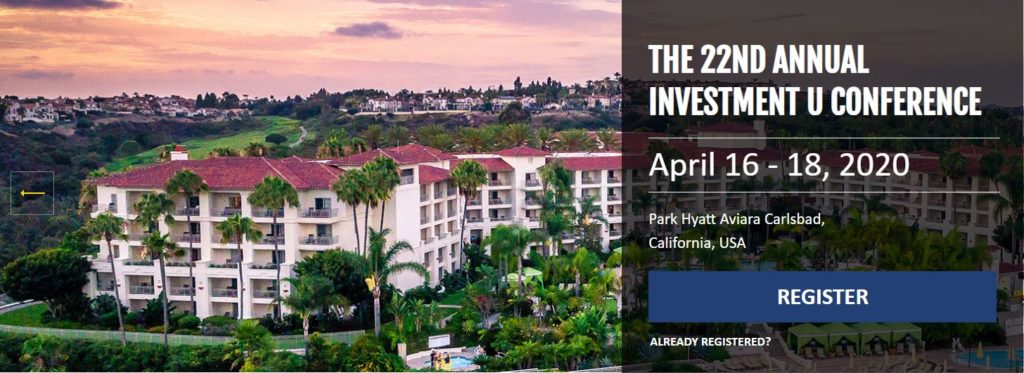EMX Royalty
Investor Relations
Mr. Scott S. Close
Email: sclose@emxroyalty.comPhone: +1 (303) 973-8585

Investor Relations
Mr. Scott S. Close
Email: sclose@emxroyalty.comPhone: +1 (303) 973-8585

Transcript
https://youtu.be/gzxLVWnv0do
Gregory Beischer the CEO of Millrock Resources sits down with Maurice Jackson of Proven and Probable to provide an update for shareholders on the Joint Venture agreement with Resolution Minerals on the 64N Gold Project, formerly known as the West Pogo, located in the prolific Tintina Gold Province of Alaska. Mr. Beischer will outline the drill program set to be begin on the Aurora Targets adjacent to the Northern Star Resources Pogo Mine, which has 10+ ources of gold in resources and reserves. This is quite an intriguing value proposition as for Millrock shareholders.
INVESTOR INQUIRIES
Direct: 604-638-3164
Email: info@millrockresources.com
Proven and Probable | Where we deliver Mining Insights & Bullion Sales. I’m a licensed broker for Miles Franklin Precious Metals Investments. Where we provideunlimited options to expand your precious metals portfolio, from physical deliver, offshore depositories, precious metals IRA’s, and private blockchain distributed ledger technology. Call me directly @ 855.505.1900 or you may email maurice@milesfranklin.com.
Investor Relations
Mr. Scott S. Close
Email: sclose@emxroyalty.comPhone: +1 (303) 973-8585
Investor Relations
Mr. Scott S. Close
Email: sclose@emxroyalty.comPhone: +1 (303) 973-8585

In this exclusive interview, Rick Rule of Sprott USA along with Dr. John-Mark Staude of Riverside Resources sit down with Maurice Jackson of Proven and Probable to discuss what may be the best value proposition in exploration, Prospect Generators. This interview will address the ambiguity that many speculators have regarding the prospect generator business model.
Viewers will gain a valuable insight into why one of the most successful investment minds places a high degree of confidence into the prospect generator business model, has he first defines in his own words to many virtues that prospect generators provide to the Market. We caveat the thesis by introducing Riverside Resources, a prospect generator with generative projects throughout Mexico and Canada.
In addition, Riverside Resources has a highly regarded exploration team with history of discoveries and advancing multiple projects through JVs and strategic partnerships. The company has an extensive project portfolio with diverse commodity exposure with a 75,000+ location database ($20M+ in past investment) Gold-Silver resource project + new discovery drilling in 2020 and new partnerships in 2020, with no debt and tightly held shares.
The net proceeds from the Offering will be used to advance exploration on the Company’s current projects ($300,000), for generation of new projects ($400,000), marketing of projects to funding partners ($150,000) and the remainder for general corporate purposes. The financing is subject to final approval from the TSX Venture Exchange.
INVESTOR INQUIRIES
Investor Relations
Direct: 604-638-3164
Toll Free: 877-217-8978
Email: info@millrockresources.com
INVESTOR INQUIRIES
Investor Relations
Direct: 604-638-3164
Toll Free: 877-217-8978
Email: info@millrockresources.com
Millrock Resources
(TSX.V: MRO | OTCQB: MLRKF)
Millrock President & CEO commented: “Millrock has made some strong advancements through 2019. We believe that 2020 will be a watershed year for the Company, and we are particularly excited to begin exploration work in earnest at the 64North Gold Project. We will begin with a drill program at the compelling Aurora Target located immediately west of the Pogo Gold Mine in Alaska”.
INVESTOR INQUIRIES
Investor Relations
Direct: 604-638-3164
Toll Free: 877-217-8978
Email: info@millrockresources.com
CLICK HERE FOR FINANCING OPPORTUNITY (ACCREDITED INVESTORS ONLY)
Millrock Resources
(TSX.V: MRO | OTCQB: MLRKF)
INVESTOR INQUIRIES
Investor Relations
Direct: 604-638-3164
Email: info@millrockresources.com
Tekoa Da Silva of Sprott USA, sits down with Maurice Jackson of Proven and Probable in this exclusive 4 Part Series entitled: All About Private Placements. This is one, if not, the most comprehensive beginners guide to understanding the value proposition of private placements.
:49 | Can I Have My Legend Removed by a Discount Broker?
5:26 | How Do I Exercise My Warrant?
11:43 | Are There Advantages to Participating in the First vs Second & Third Tranche?
13:31 | Determining Valuation on Outstanding vs Fully Diluted Share Structure